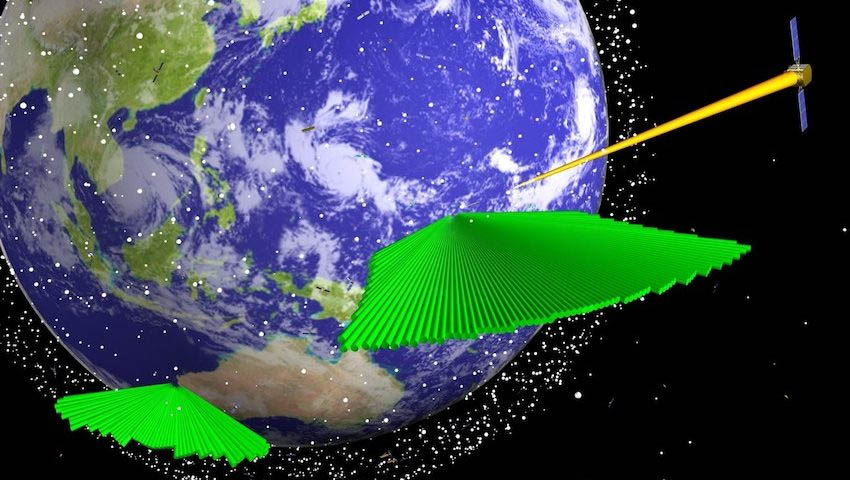But it also provided an early test for the US Air Force Space Fence, located on Kwajalein Atoll in the central Pacific and designed to detect and issue alerts for precisely what occurred.
Although still in its testing phase, the Space Fence was operational at the time of the Indian anti-satellite missile test and worked as intended.
India was widely criticised for this test, billed as yet another step in the militarisation of space that also created more space debris, which could pose a danger to other satellites.
As the name suggests, the Lockheed Martin developed Space Fence creates a broad radar fence able to detect objects directly overhead out to 12,000 kilometres as they pass through the coverage region.
That includes unusual activity, new objects such as satellites and space debris, satellite manoeuvres and closely spaced objects.
The US believes Space Fence would work even better, with improved accuracy and timeliness of alerts, with a second site in the southern hemisphere. That’s been slated for Western Australia, most likely at the Harold E Holt base at Exmouth.
Lockheed Martin has completed surveying of a location for a second Space Fence in WA, although there isn’t yet US budget funding for the proposal.
Australia has long held an interest in Space Situational Awareness, signing an agreement for cooperation with the US in 2010.
Significant US technology for space surveillance has been installed at the Harold E Holt base, including an optical telescope, C-Band radar and space-based infra-red.
Defence said it’s not considering locating additional space situational awareness (SSA) capabilities at Exmouth at this time.
But Australia continues to explore additional tools for SSA and will consider location of specific capabilities as part of the development process.
“Defence cannot comment on the capabilities offered by Space Fence, or the development of the system. These are matters for the United States government and Lockheed Martin,” a Defence spokesperson told Space Connect.
The Australian Defence Force and the government take this issue very seriously.
In the 2016 Defence White Paper, the government undertook to strengthen SSA capabilities as a means of ensuring security of Australia’s space capabilities.
As the number of satellites and amount of space debris increases, so does the risk of collision, posing a risk to the satellite systems on which the ADF relies.

